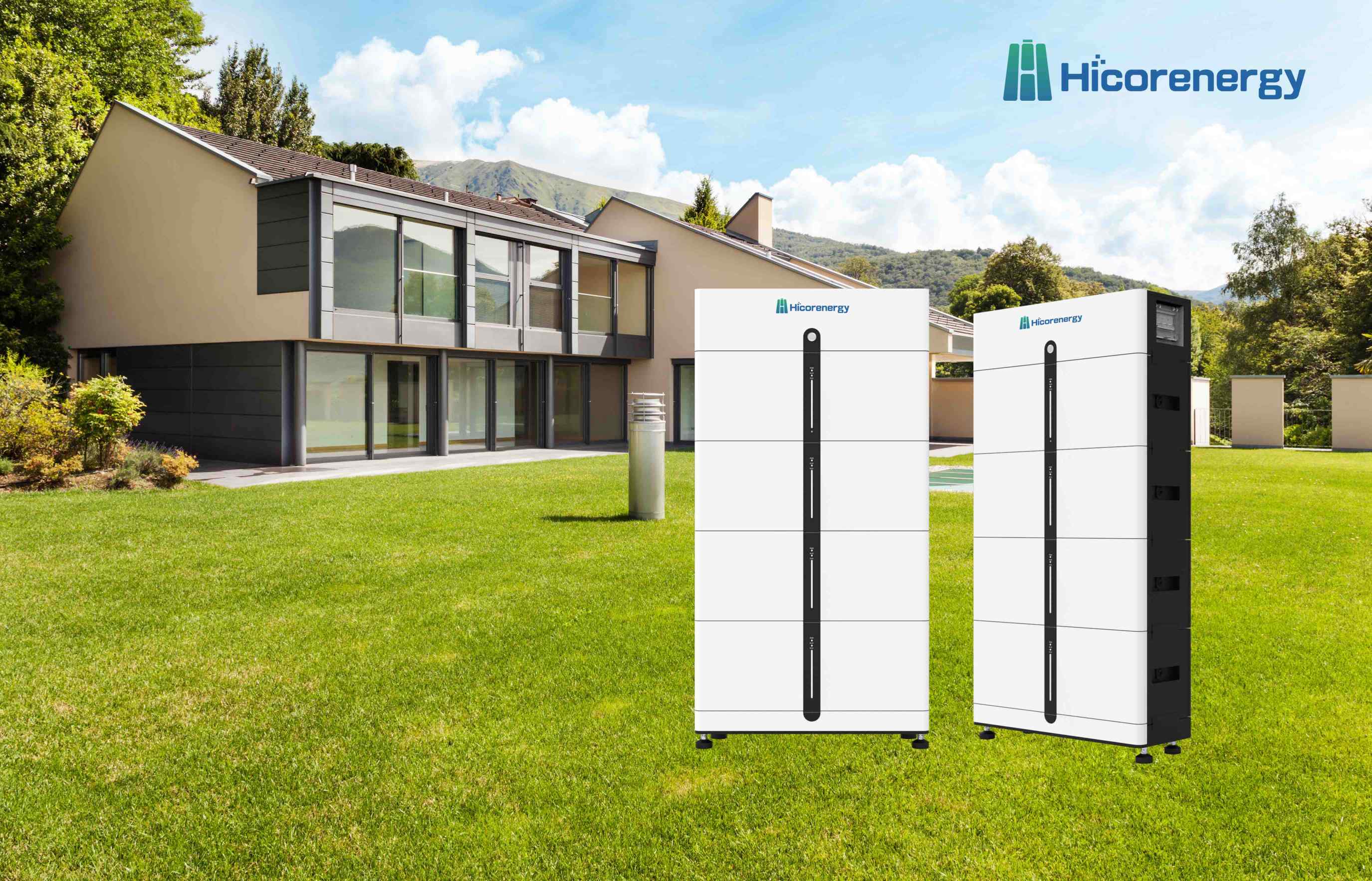The Overheating Challenge in Modern Battery Systems
As our reliance on renewable energy and electric power grows, the performance and safety of energy storage solutions have become paramount. Lithium-ion batteries, the cornerstone of this revolution, face a significant challenge: thermal management. During charging and discharging cycles, these batteries naturally generate heat. If not managed effectively, this heat can lead to decreased efficiency, accelerated degradation, and in worst-case scenarios, a dangerous condition known as thermal runaway. This is why a well-designed Air Cooling Battery System is not just a feature, but a fundamental necessity for ensuring the longevity and safety of modern energy storage units used in homes and businesses.
Understanding How an Air Cooling Battery System Works
An Air Cooling Battery System addresses the problem of excess heat through a straightforward yet effective principle: using air to dissipate thermal energy away from the battery cells. This can be achieved through two primary approaches. The first is passive or natural convection, where the system's design allows for natural airflow to cool the components. The second, more common in high-performance systems, is active or forced convection. This method utilizes fans to actively pull cooler ambient air into the unit and push hot air out, creating a constant and controlled cooling cycle. The primary advantages of this approach are its relative simplicity, lower cost, and reduced maintenance requirements compared to more complex alternatives, making it an ideal choice for many residential and commercial applications.
Exploring Various Lithium-ion Cooling Methods
While air cooling is highly effective, it's important to understand the broader landscape of Lithium-ion Cooling Methods to appreciate its place. The main alternatives include liquid cooling and phase change material (PCM) cooling. Liquid cooling, often found in high-demand applications like electric vehicles, circulates a coolant through pipes and plates to absorb heat. It is extremely effective but adds complexity, weight, and cost. PCM cooling involves materials that absorb large amounts of heat as they change from a solid to a liquid state. Each of these Lithium-ion Cooling Methods has its own set of advantages and is chosen based on the specific demands of the application, from power output to ambient operating conditions and cost constraints.
Hicorenergy: Integrating Advanced Thermal Management for Superior Performance
Choosing the right energy storage system means looking for a solution where every component is designed for safety, efficiency, and durability. At Hicorenergy, this philosophy is built into the core of our products. Our advanced energy solutions, such as the versatile I-BOX 48100R and the modular stackable storage units, are engineered with sophisticated thermal management systems that prioritize cell health and user safety. By integrating efficient cooling mechanisms, we ensure our batteries operate within their optimal temperature range, maximizing their lifespan and delivering reliable power. This commitment to holistic design means that whether you are using the robust Si Station 230 for power management or our sleek storage systems, you are investing in technology engineered for peak performance and long-term peace of mind, solving the critical challenge of battery heat from the moment of installation.








